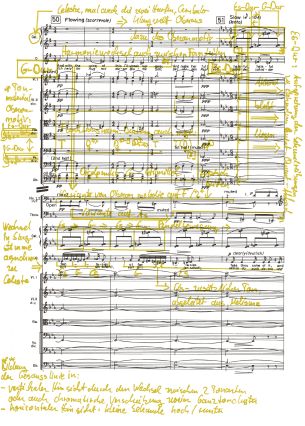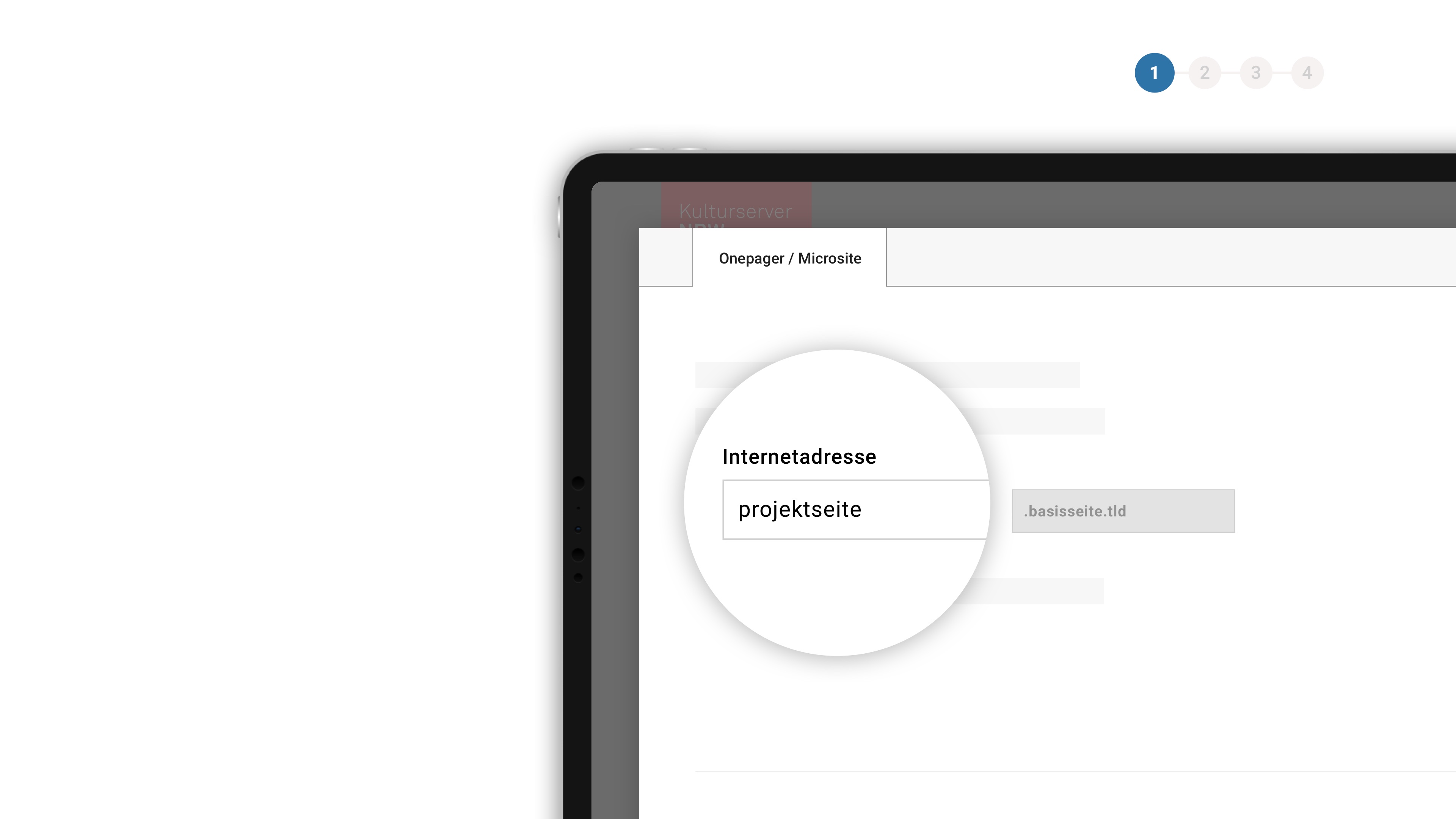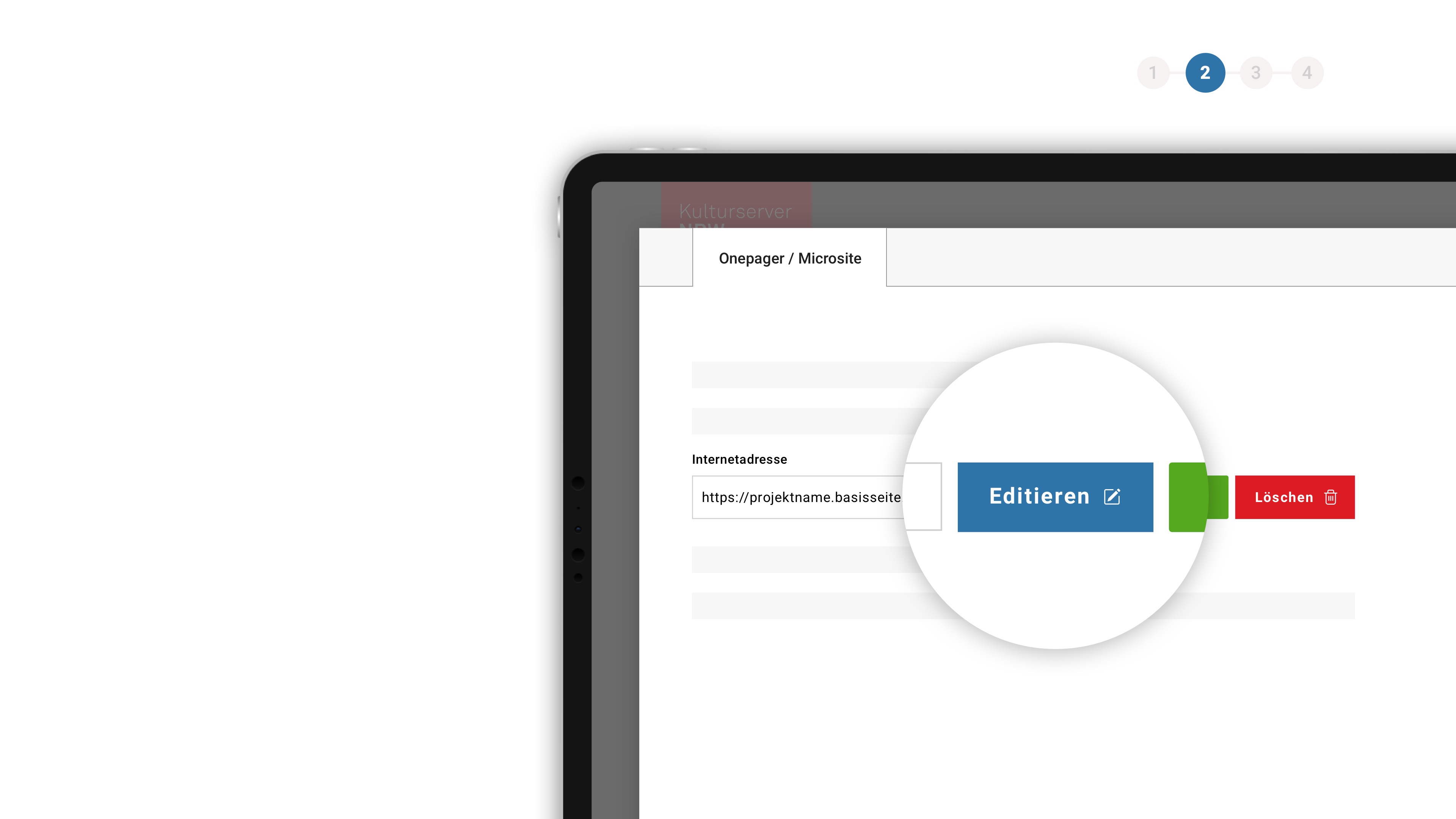Dr. Takt über Benjamin Brittens „A Midsummer Night's Dream“, Akt I, ab Ziffer 5 - Deutsche Oper Berlin
Dr Takt is very familiar with the work and reveals to us its special moments.
Dr. Takt about Benjamin Brittens „A Midsummer Night's Dream“, Act I, from rehearsal no. 5
Erleben Sie hier die 18. Folge unserer Videoreihe mit Dr. Takt
Space at Jubilee Hall in Aldeburgh was limited when Benjamin Britten premiered his A MIDSUMMER NIGHT’S DREAM there in 1960. Britten had to make use of a smaller orchestra as a result. Yet these circumstances suited his ability to develop the poetry of his music with limited means, and to focus only on what is absolutely necessary. The complexity of the seemingly sparse scores is reflected in arias like Oberon’s "Welcome wanderer!". Britten bases this on the model of an early Baroque aria, with a slow base 6/8 tempo, with two sections at a somewhat more fluid 3/4 tempo.
The nucleus of the aria is Oberon’s main theme, played on the celesta starting at rehearsal number 51, and which is the motivic and harmonic starting point of the aria itself; the first three tones of the figure, each pushed into second pairs, are part of the E flat major scale, the second part of the G major scale. Britten projects this "bitonal oscillation" at other levels as well, including the macrostructure of the aria by changing the basic keys between 6/8 (E flat major) and 3/4 (G major), but also in the vocals, from which a key is omitted here and there. But sometimes the two tonalities overlap, such as when their switch from "hateful, hateful fantasies..." between the vocals and celesta is not simultaneous, or when the first four notes of the celesta figure are layered as a fifth-fourth chord by the strings starting at rehearsal number 51. Beyond tonal harmonics, this "oscillation" can also be described as a chromatic shift between two adjacent fourth tone clusters a semitone apart – in a passage with a density and ambiguity that underly the depth of this something that appears so simple to express.

Dr. Takts Notizen zu Brittens A Midsummer Night's Dream





